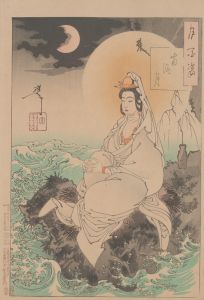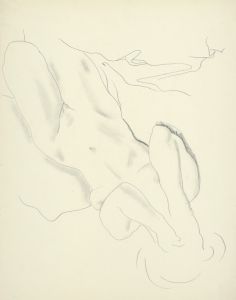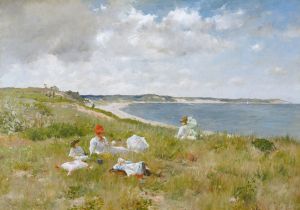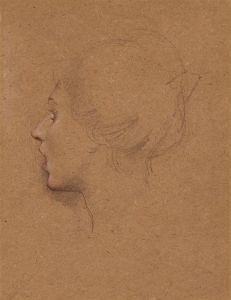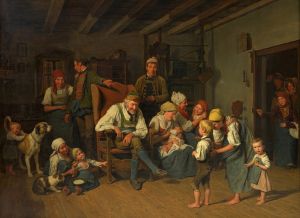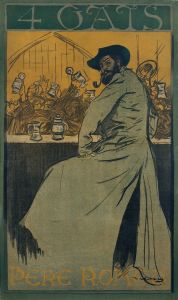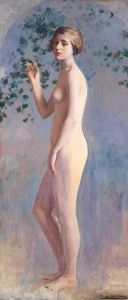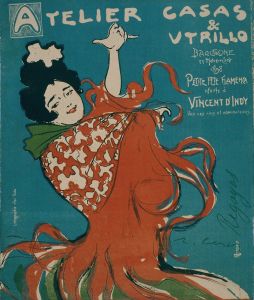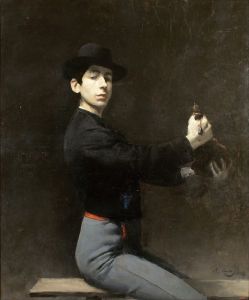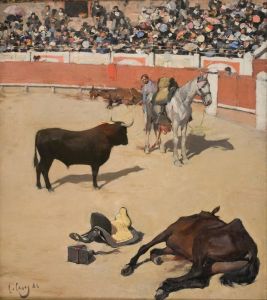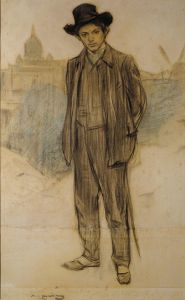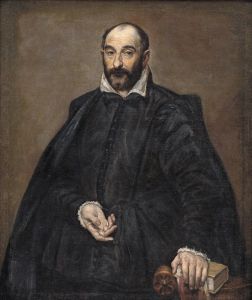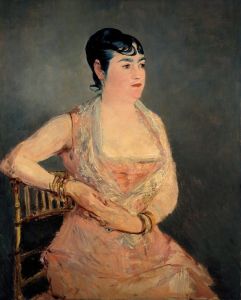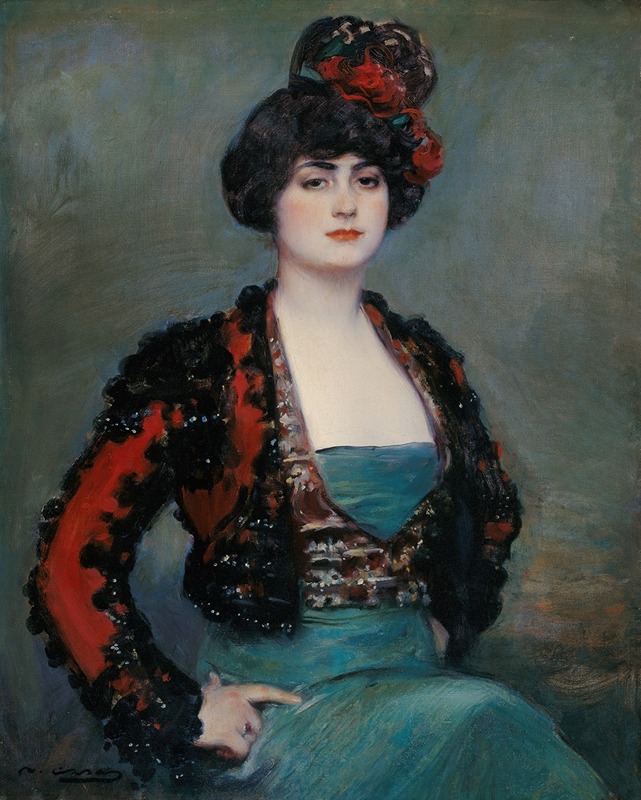
Julia
A hand-painted replica of Ramón Casas’s masterpiece Julia, meticulously crafted by professional artists to capture the true essence of the original. Each piece is created with museum-quality canvas and rare mineral pigments, carefully painted by experienced artists with delicate brushstrokes and rich, layered colors to perfectly recreate the texture of the original artwork. Unlike machine-printed reproductions, this hand-painted version brings the painting to life, infused with the artist’s emotions and skill in every stroke. Whether for personal collection or home decoration, it instantly elevates the artistic atmosphere of any space.
Ramón Casas i Carbó (1866–1932) was a prominent Spanish painter and graphic artist, known for his contributions to the Catalan modernisme movement. One of his notable works is Julia, a portrait that exemplifies his skill in capturing the essence of his subjects with a refined and elegant style. Casas was renowned for his portraits of women, often portraying them with a sense of individuality and modernity that was characteristic of the late 19th and early 20th centuries.
Julia is a depiction of Júlia Peraire, who was both Casas's muse and later his wife. Júlia, a former lottery ticket seller, became a central figure in many of Casas's works after they met in 1906. She represented a new ideal of femininity in his art, embodying both beauty and a modern, independent spirit. The painting reflects Casas's mastery of composition, light, and texture, as well as his ability to convey the personality and presence of his subject.
The artwork is executed in Casas's signature style, which blends elements of realism with the decorative qualities of modernisme. His use of soft, muted tones and precise brushwork creates a sense of intimacy and immediacy, drawing the viewer into the world of the subject. The portrait of Júlia is notable for its simplicity and focus on the figure, with minimal background details to distract from the subject's expression and posture.
Casas's relationship with Júlia Peraire was unconventional for the time, as she came from a working-class background, while he was part of Barcelona's bourgeoisie. Despite societal expectations, the two maintained a close partnership, and Júlia became a recurring figure in his art. They eventually married in 1922, solidifying their personal and artistic bond.
The painting Julia is housed in the Museu Nacional d'Art de Catalunya (MNAC) in Barcelona, which holds a significant collection of Casas's works. It remains an important example of his portraiture and his ability to capture the evolving roles and representations of women during the modernist period in Catalonia.
This artwork continues to be celebrated for its artistic merit and historical significance, offering insight into both Casas's personal life and the broader cultural context of his time.





